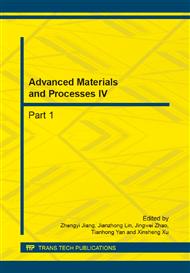p.1174
p.1179
p.1187
p.1191
p.1196
p.1202
p.1206
p.1213
p.1220
Numerical Analysis on Effects of Inlet Bent Pipe’s Position on a Centrifugal Compressor’s Aerodynamic Noise
Abstract:
The inlet connection of a centrifugal compressor is a bent pipe, and a straight pipe is installed between the bent pipe outlet and impeller inlet. The effect of different lengths of the straight pipe on the aerodynamic noise of a centrifugal compressor is numerically simulated. Theresult show that it’s essential to value the inlet bent pipe’s position in the inlet and outlet aerodynamic design. With the increase of straight pipe’s length, the noise radiated from the inlet decreases. When the length is over the pipe diameter, it has little effect on the outlet noise. The increase of straight pipe’s length also makes the circumferential noise decrease. The noise is distorted at approximately 90 ° in the rotational direction of the volute tongue. The sound power level of the compressor decreases to a constant value with the length over the pipe diameter. In the engineering application on aerodynamic noise, the straight pipe’s length before impeller inlet should be longer than the pipe diameter.
Info:
Periodical:
Pages:
1196-1201
Citation:
Online since:
September 2014
Authors:
Price:
Сopyright:
© 2014 Trans Tech Publications Ltd. All Rights Reserved
Share:
Citation:


